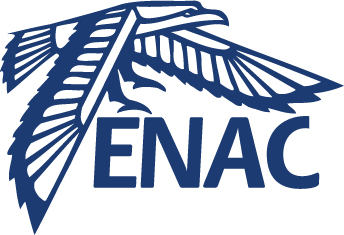Detect and Avoid Algorithm for UAS with 3D-Maneuvers
Résumé
In this article, we extend the 2D-framework introduced in 2016 to implement a horizontal detect and avoid algorithm for UASs flying in Terminal Control Areas. First, we introduce a model able to detect conflicting trajectories in 3D and select combined horizontal and vertical maneuvers, taking the urgency of the conflict into account. We use a large data set of recorded real commercial traffic trajectories to evaluate the ability of our improved algorithm to avoid any loss of separation with commercial airliners. We test two different types of UASs, flying at 80 kt or 160 kt, with six different missions: constant heading or turning and leveled, climbing or descending. We consider both heading change and vertical maneuver so that UASs have more freedom to avoid conflicts, but keep the speed constant as they mostly have poor speed-up performance. The article investigates the influence of the various parameters on the separation achieved and the amount of maneuvers required, especially the strategy used to select the best maneuver among the allowed headings. The analysis of our results shows that, amid two “basic” and “extreme” strategies that respectively favor minimal heading and vertical changes or the expectation to escape the conflict, the combination of both, switching from the first one to the second whenever the time before the conflict falls under a given threshold, gives the best results with very few remaining close encounters, while keeping low the amount and amplitude of maneuvers.
| Origine | Fichiers produits par l'(les) auteur(s) |
|---|
Loading...
